Home>Gardening & Outdoor>Outdoor Structures>How To Store A Lawn Mower Without A Shed
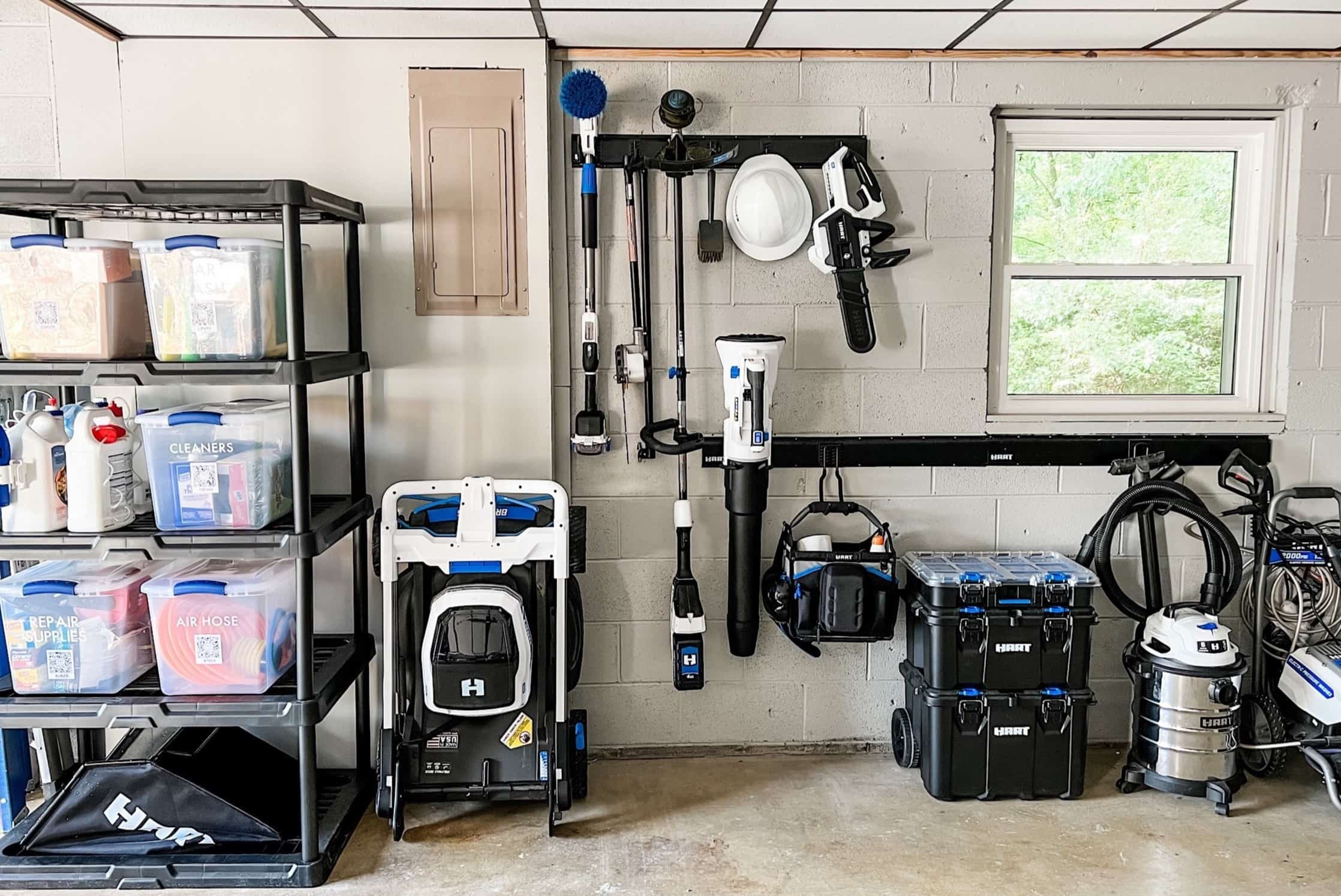

Outdoor Structures
How To Store A Lawn Mower Without A Shed
Published: January 19, 2024
Learn how to store your lawn mower outdoors without a shed. Discover effective outdoor structures and tips for protecting your equipment. Ideal for those with limited storage space.
(Many of the links in this article redirect to a specific reviewed product. Your purchase of these products through affiliate links helps to generate commission for Storables.com, at no extra cost. Learn more)
**
Introduction
**
Storing a lawn mower without a shed may seem like a daunting task, especially if you don't have a dedicated storage space for this essential piece of outdoor equipment. However, with the right approach and a few simple steps, you can ensure that your lawn mower remains in top condition, ready for the next mowing season. Whether you're preparing for the winter months or simply need a temporary storage solution, taking the time to properly store your lawn mower can help prolong its lifespan and maintain its performance.
In this comprehensive guide, we'll explore the essential steps for storing a lawn mower without a shed. From clearing the lawn mower and choosing a suitable location to covering and maintaining it, we'll provide practical tips to help you safeguard your investment. By following these guidelines, you can protect your lawn mower from the elements and ensure that it's ready to tackle your lawn maintenance needs when the time comes.
So, if you're ready to learn how to store your lawn mower without a shed, let's dive into the details and set the stage for proper storage and maintenance.
**
Key Takeaways:
- Properly storing a lawn mower without a shed involves clearing, cleaning, and covering the machine to protect it from the elements. Choosing a suitable location and implementing maintenance tips can help preserve its condition and functionality.
- Regular inspection, mechanical maintenance, and preventative measures are essential for keeping a stored lawn mower in optimal condition. By following these steps, you can ensure that your mower remains reliable and ready for future use.
Read more: Where To Store Lawn Mower Without A Shed
Clear the Lawn Mower
**
Before storing your lawn mower, it’s essential to thoroughly clean and clear the machine to prevent any potential issues during storage. Start by removing any grass clippings, dirt, or debris from the mower’s deck, blades, and undercarriage. Use a brush, scraper, or compressed air to dislodge and remove any buildup, ensuring that the mower is free from any organic material that could attract pests or promote corrosion.
Next, take the time to inspect the lawn mower for any signs of damage or wear. Check the blades, belts, and other components for wear and tear, and address any issues before storing the mower. This proactive approach can help prevent minor problems from escalating during the storage period, ultimately saving you time and money in the long run.
Additionally, consider draining the fuel from the lawn mower’s tank to prevent it from degrading and causing starting or performance issues. If your mower has a four-cycle engine, you may also need to change the oil before storage. Consult your owner’s manual for specific instructions on draining the fuel and changing the oil, as different mowers may have varying requirements.
By taking the time to clear and inspect your lawn mower before storage, you can address any maintenance needs and ensure that the machine is clean and ready for the next mowing season. This proactive approach can help extend the life of your lawn mower and minimize the risk of performance issues when you retrieve it from storage.
**
Clean the Lawn Mower
**
After clearing the lawn mower of debris and inspecting its components, the next crucial step in preparing it for storage is thorough cleaning. Begin by washing the exterior of the mower with a mild detergent and water to remove any remaining dirt, grime, or grass clippings. Pay special attention to the wheels, handles, and other hard-to-reach areas, ensuring that the entire surface is clean and free from residue.
Once the exterior is clean, shift your focus to the mower’s undercarriage and deck. Use a putty knife or brush to remove any caked-on grass clippings and debris, taking care to clear the discharge chute and other openings. This step is essential for preventing corrosion and maintaining the mower’s cutting efficiency, as residual debris can trap moisture and promote rust over time.
Additionally, consider cleaning the air filter and spark plug, as these components play a vital role in the mower’s performance. Depending on your mower’s make and model, you may need to replace the air filter and clean or replace the spark plug before storage. Consult your owner’s manual for specific instructions and recommendations regarding these maintenance tasks.
Finally, allow the lawn mower to dry completely before proceeding to the next steps. This will help prevent moisture-related issues during storage and ensure that the mower is in optimal condition when you retrieve it for use. By thoroughly cleaning the mower before storage, you can protect its components, maintain its appearance, and contribute to its overall longevity.
**
Choose a Suitable Location
**
When storing a lawn mower without a shed, selecting the right location is crucial to safeguarding the machine from the elements and ensuring its preservation. Ideally, you should choose a dry, well-ventilated area that offers protection from rain, snow, and extreme temperatures. If possible, consider storing the lawn mower in a garage, tool shed, or covered patio to shield it from the elements.
If an indoor storage space is not available, you can opt for outdoor storage with the help of a durable, weatherproof cover. Look for a high-quality lawn mower cover designed to resist moisture and UV exposure, providing an added layer of protection against the elements. Ensure that the cover fits snugly over the mower and secures effectively to prevent it from being dislodged by wind or inclement weather.
When choosing a location for outdoor storage, prioritize elevated surfaces or areas with good drainage to prevent water accumulation around the lawn mower. This can help minimize the risk of moisture-related damage and corrosion, preserving the mower’s structural integrity and performance during the storage period.
Additionally, consider the security of the chosen storage location to prevent unauthorized access and deter theft. If storing the mower outdoors, ensure that the chosen area is secure and that the mower is not easily visible or accessible from the street or neighboring properties.
By selecting a suitable storage location and taking proactive measures to protect the lawn mower from the elements, you can help maintain its condition and functionality throughout the storage period. Whether indoors or outdoors, the right storage location can make a significant difference in preserving your lawn mower and preparing it for future use.
**
To store a lawn mower without a shed, clean the mower thoroughly, drain the fuel, and store it in a dry, covered area to protect it from the elements.
Cover the Lawn Mower
**
Once you have chosen a suitable storage location for your lawn mower, the next step in the storage process is to effectively cover the machine to shield it from environmental elements. A high-quality lawn mower cover can provide essential protection against moisture, sunlight, and debris, helping to preserve the mower’s exterior and internal components during storage.
When selecting a cover for your lawn mower, opt for a durable, weather-resistant material that offers reliable protection against rain, snow, and UV exposure. The cover should be designed to fit your specific mower model, providing a snug and secure fit that prevents moisture and debris from infiltrating the machine’s interior.
Prior to covering the lawn mower, ensure that it is completely dry to prevent moisture entrapment and potential corrosion. Position the cover over the mower, taking care to secure it properly to prevent wind from dislodging or lifting the cover during inclement weather. If your storage location is prone to strong winds, consider using additional securing mechanisms such as straps or tie-downs to keep the cover in place.
Regularly inspect the cover for any signs of wear, tear, or damage, and address any issues promptly to maintain its effectiveness in protecting the lawn mower. By keeping the mower covered throughout the storage period, you can minimize the risk of moisture-related damage, sun exposure, and debris accumulation, ultimately preserving the machine’s appearance and functionality.
**
Maintenance Tips
**
While your lawn mower is in storage, it’s essential to implement a few maintenance strategies to ensure that it remains in optimal condition and is ready for use when the next mowing season arrives. By incorporating these proactive measures, you can help preserve the mower’s performance and longevity, ultimately maximizing its value and functionality.
- Regular Inspection: Periodically check on your stored lawn mower to ensure that the cover is secure and in good condition. Inspect the storage area for signs of moisture accumulation, pests, or other potential issues that could affect the mower.
- Mechanical Maintenance: If your storage period extends for an extended duration, consider starting the lawn mower periodically to prevent fuel system issues and keep the engine components lubricated. Consult your owner’s manual for specific recommendations regarding engine maintenance during storage.
- Preventative Measures: To deter pests and rodents from nesting in or around the lawn mower, consider placing pest repellents or traps in the storage area. Additionally, elevate the mower slightly off the ground to minimize the risk of moisture-related damage and pest intrusion.
- Cover Care: Regularly clean and inspect the lawn mower cover to ensure that it remains effective in protecting the machine from the elements. Address any tears, wear, or damage promptly, and consider applying a protective treatment to enhance the cover’s durability.
By incorporating these maintenance tips into your lawn mower storage routine, you can help safeguard the machine and maintain its condition throughout the storage period. These proactive measures can contribute to the longevity and performance of your lawn mower, ensuring that it remains a reliable tool for maintaining your outdoor spaces.
**
Conclusion
**
Storing a lawn mower without a shed may present unique challenges, but with the right approach and attention to detail, you can effectively preserve your valuable outdoor equipment. By following the essential steps outlined in this guide, including clearing and cleaning the lawn mower, choosing a suitable storage location, covering the machine, and implementing maintenance tips, you can ensure that your lawn mower remains in top condition and ready for use when needed.
Remember, proactive maintenance and thoughtful storage practices can contribute to the longevity and performance of your lawn mower, ultimately saving you time and money in the long run. Whether you’re preparing for the winter months or seeking a temporary storage solution, investing time and effort into proper lawn mower storage can pay off in the form of a well-maintained and reliable outdoor tool.
As you embark on the storage process, consider the unique characteristics of your lawn mower and the specific storage challenges you may face. By tailoring these guidelines to suit your individual circumstances, you can effectively protect your lawn mower from the elements and preserve its functionality for the long term.
With these strategies in place, you can approach lawn mower storage with confidence, knowing that you’re taking the necessary steps to safeguard your investment and maintain a well-kept outdoor space. By integrating these storage practices into your lawn mower care routine, you can enjoy the convenience and efficiency of a well-maintained machine, ready to tackle your lawn maintenance needs with ease.
Frequently Asked Questions about How To Store A Lawn Mower Without A Shed
Was this page helpful?
At Storables.com, we guarantee accurate and reliable information. Our content, validated by Expert Board Contributors, is crafted following stringent Editorial Policies. We're committed to providing you with well-researched, expert-backed insights for all your informational needs.
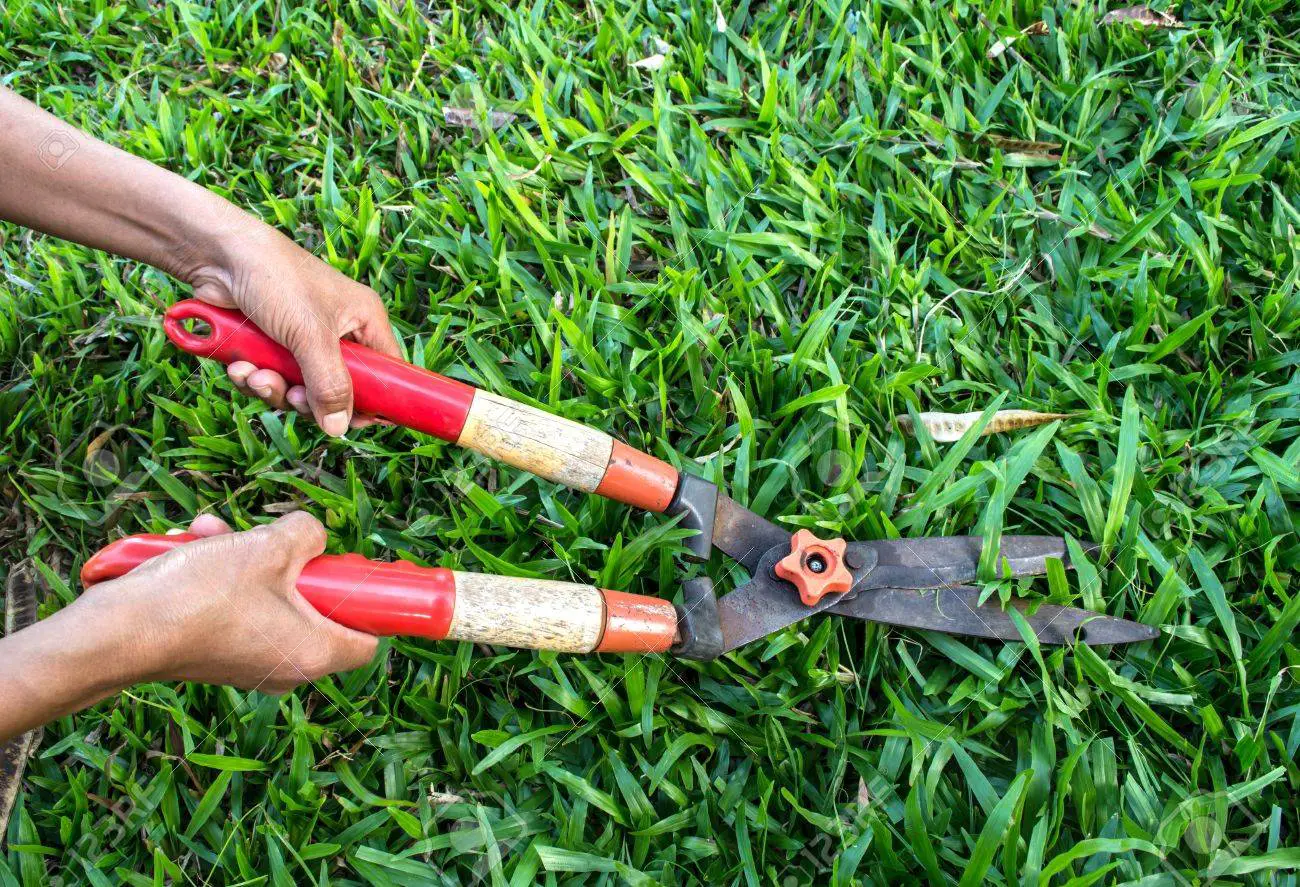
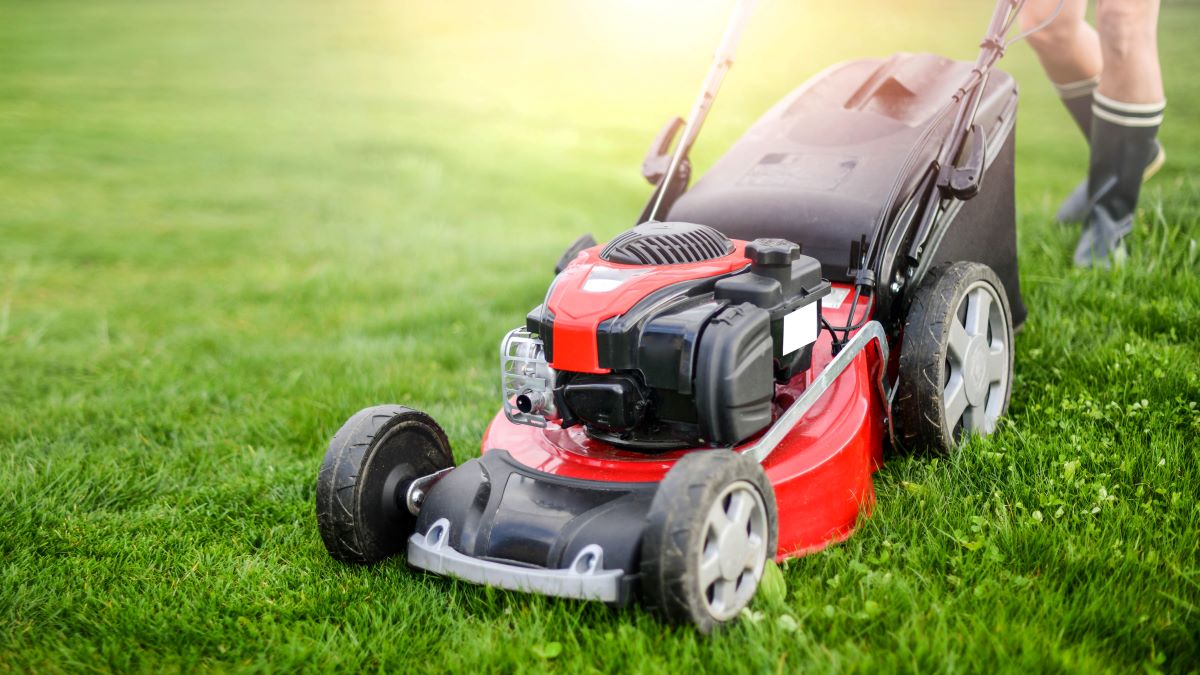
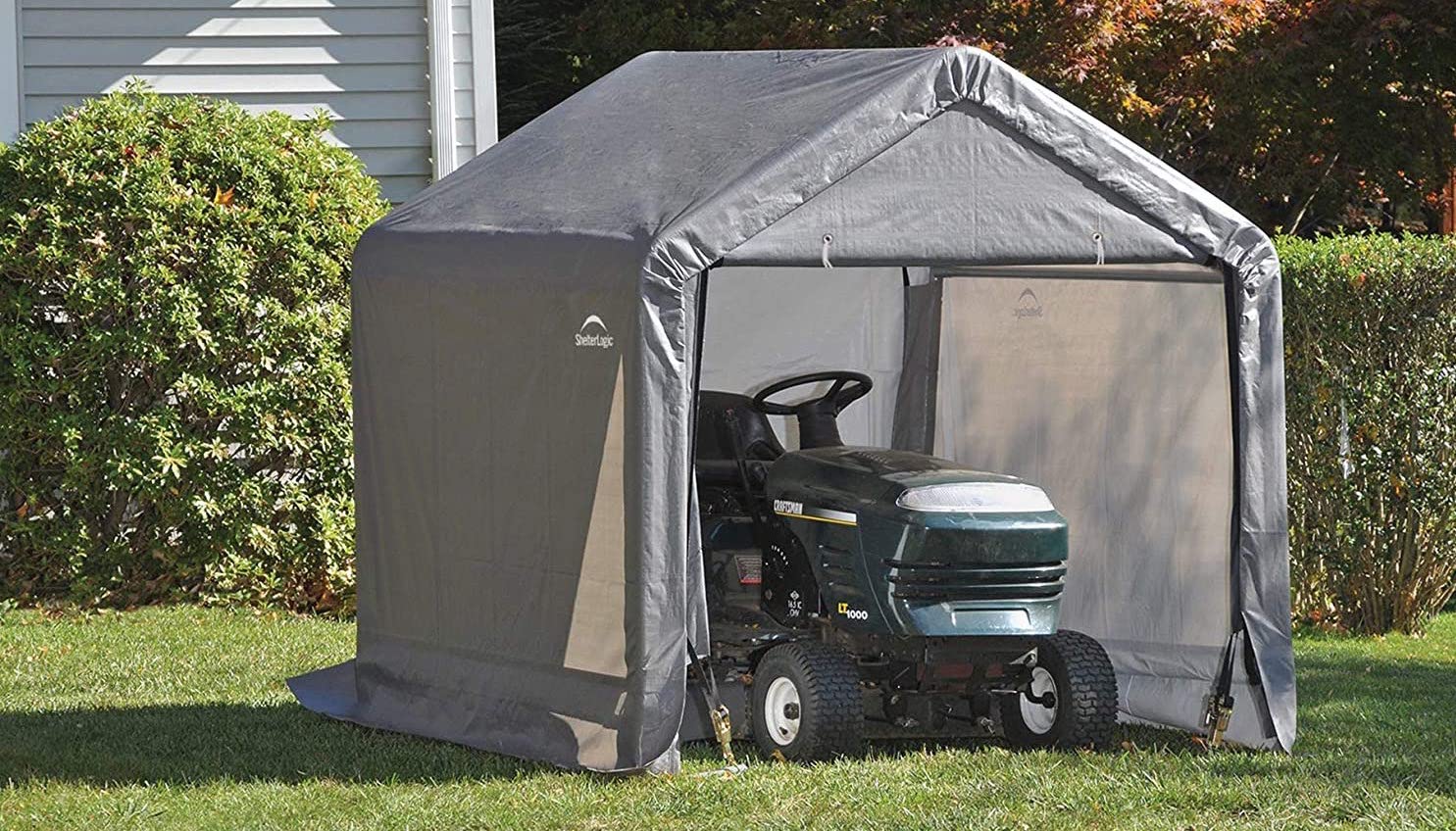
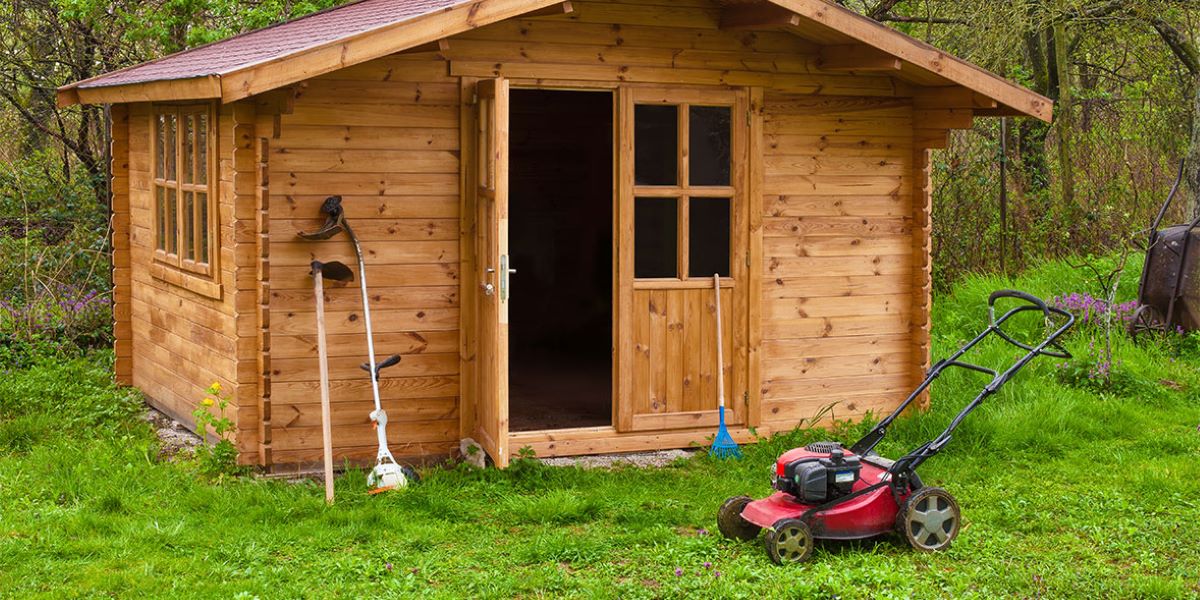
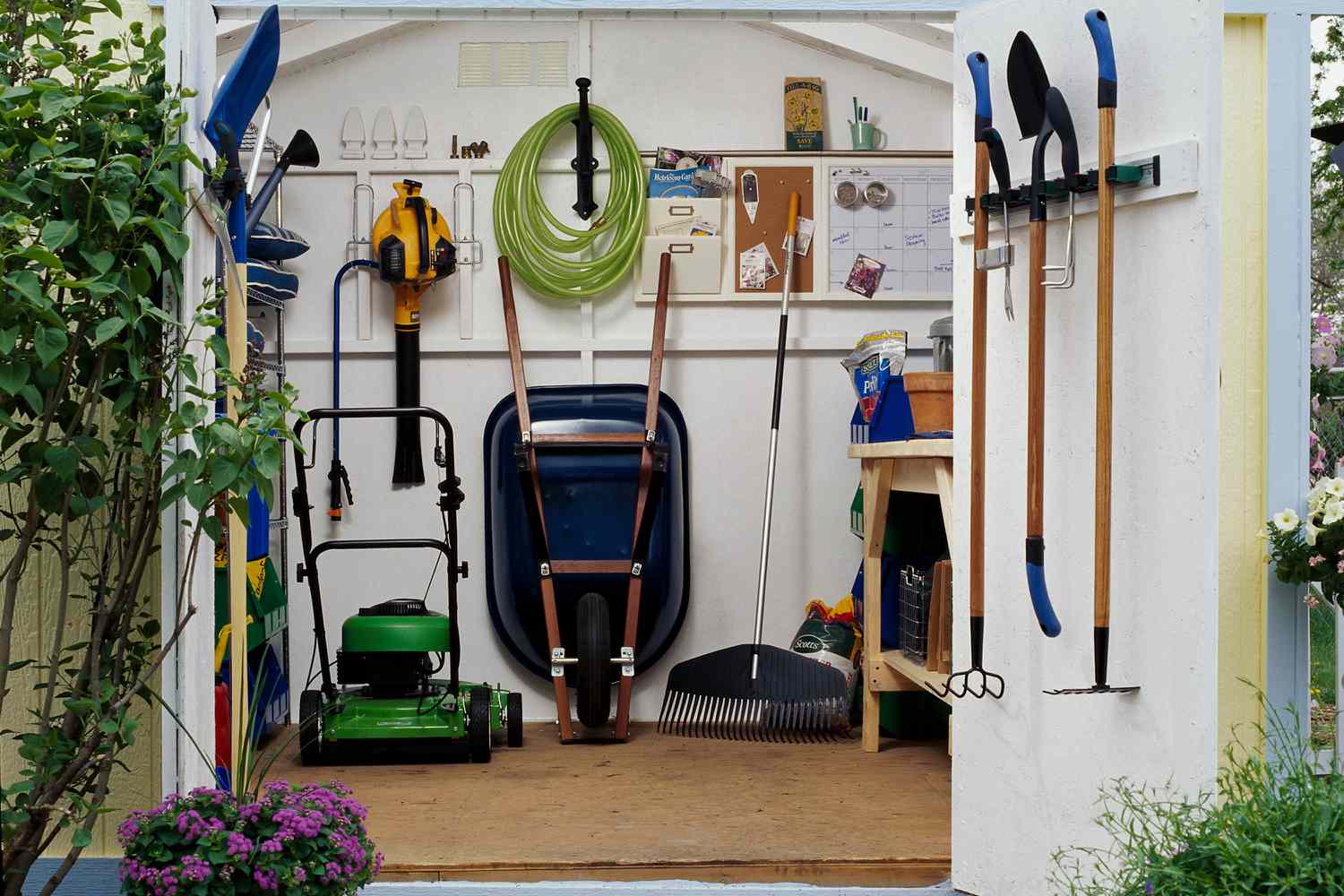
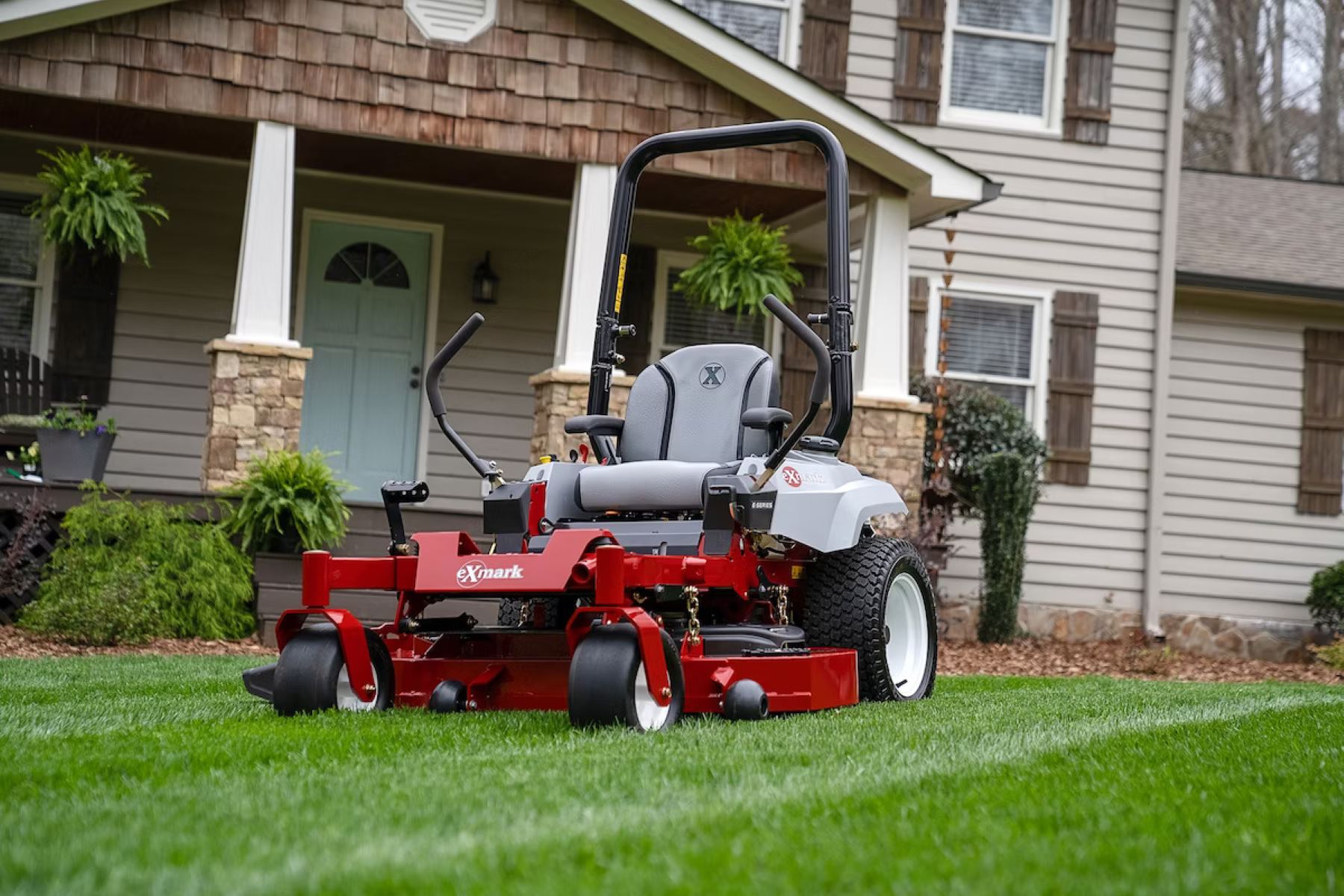
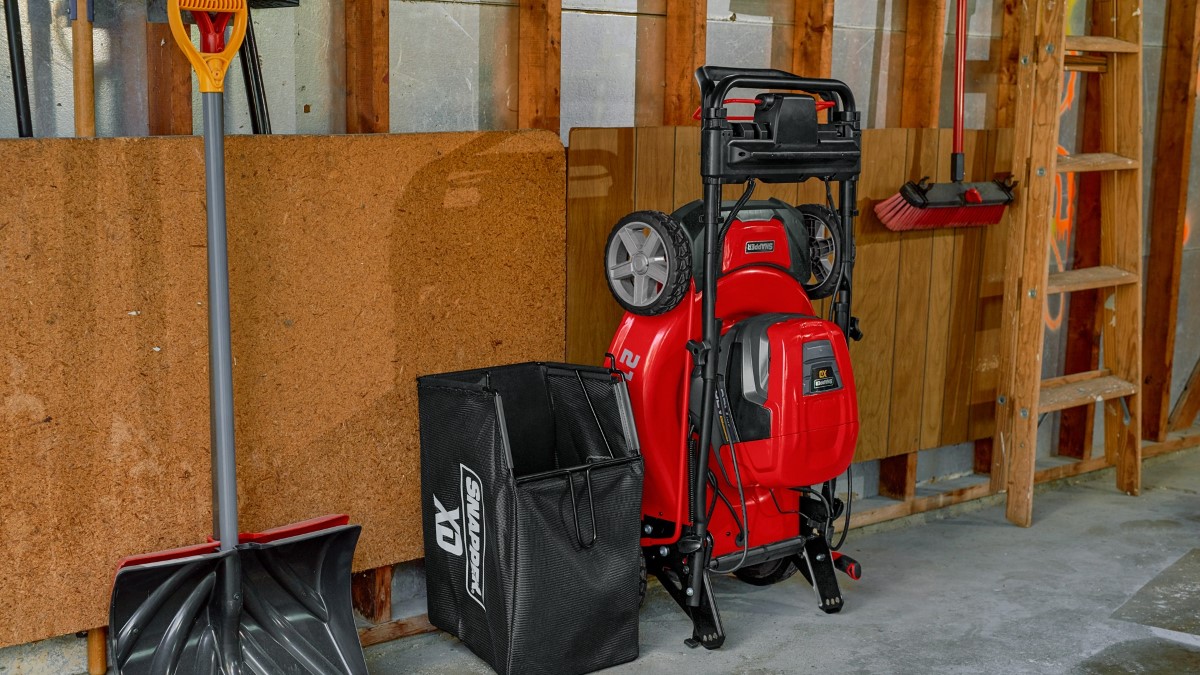
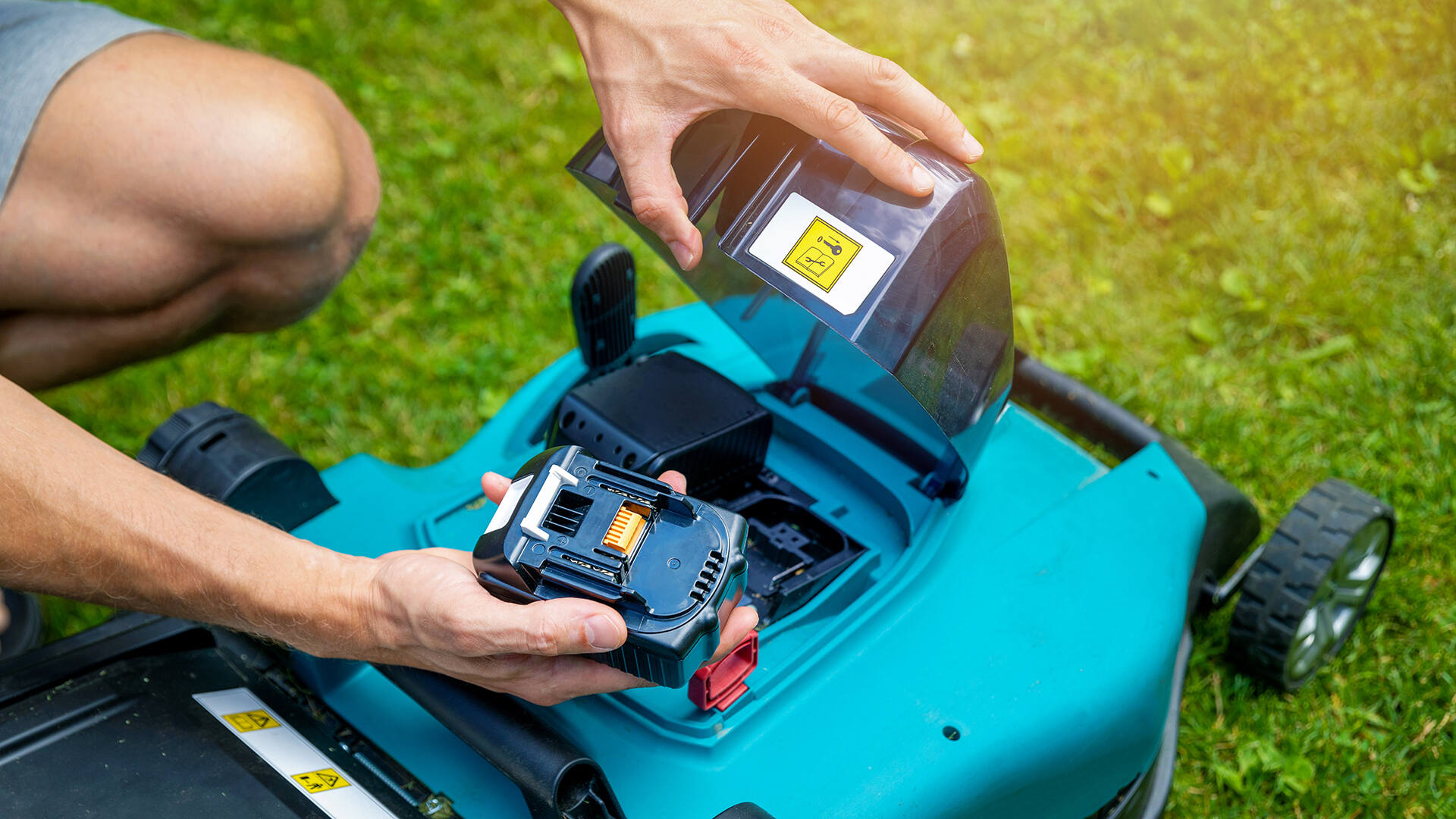
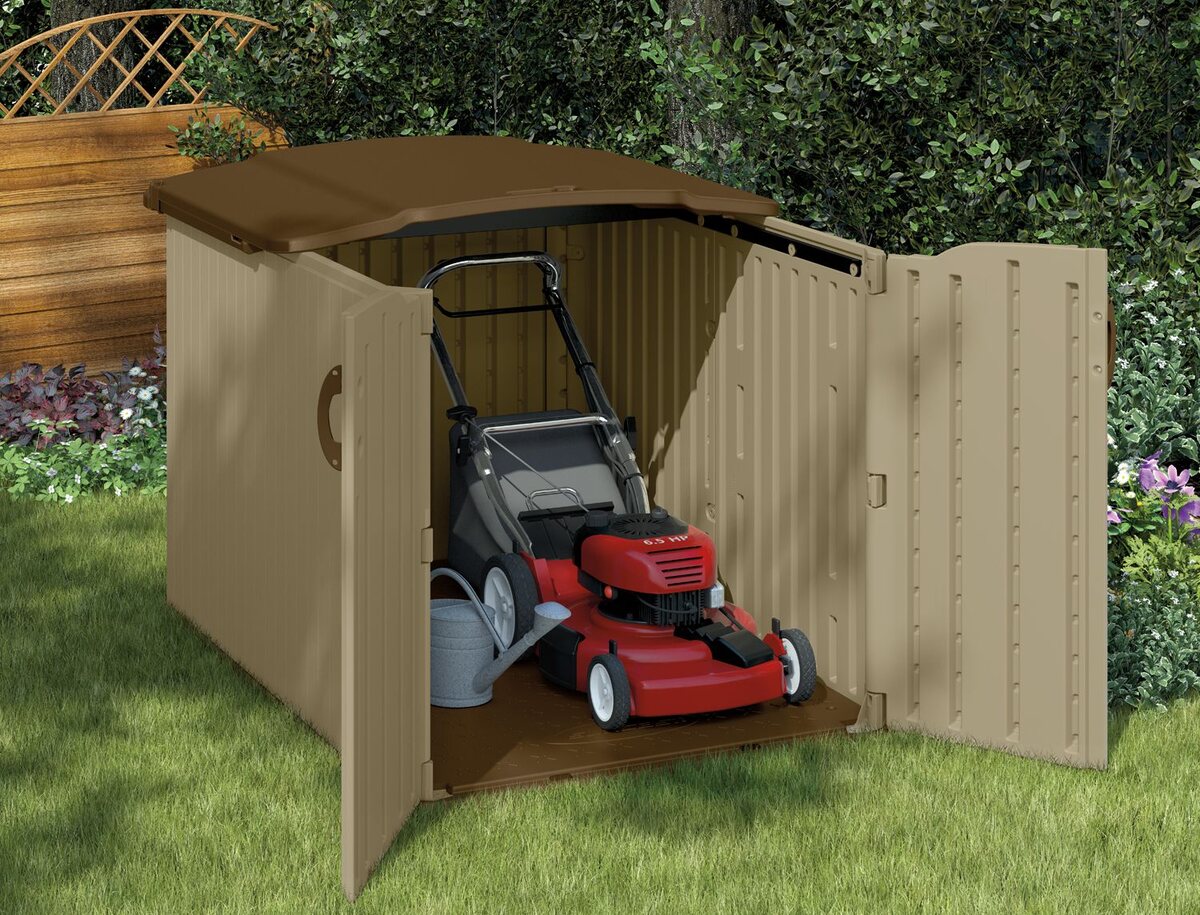
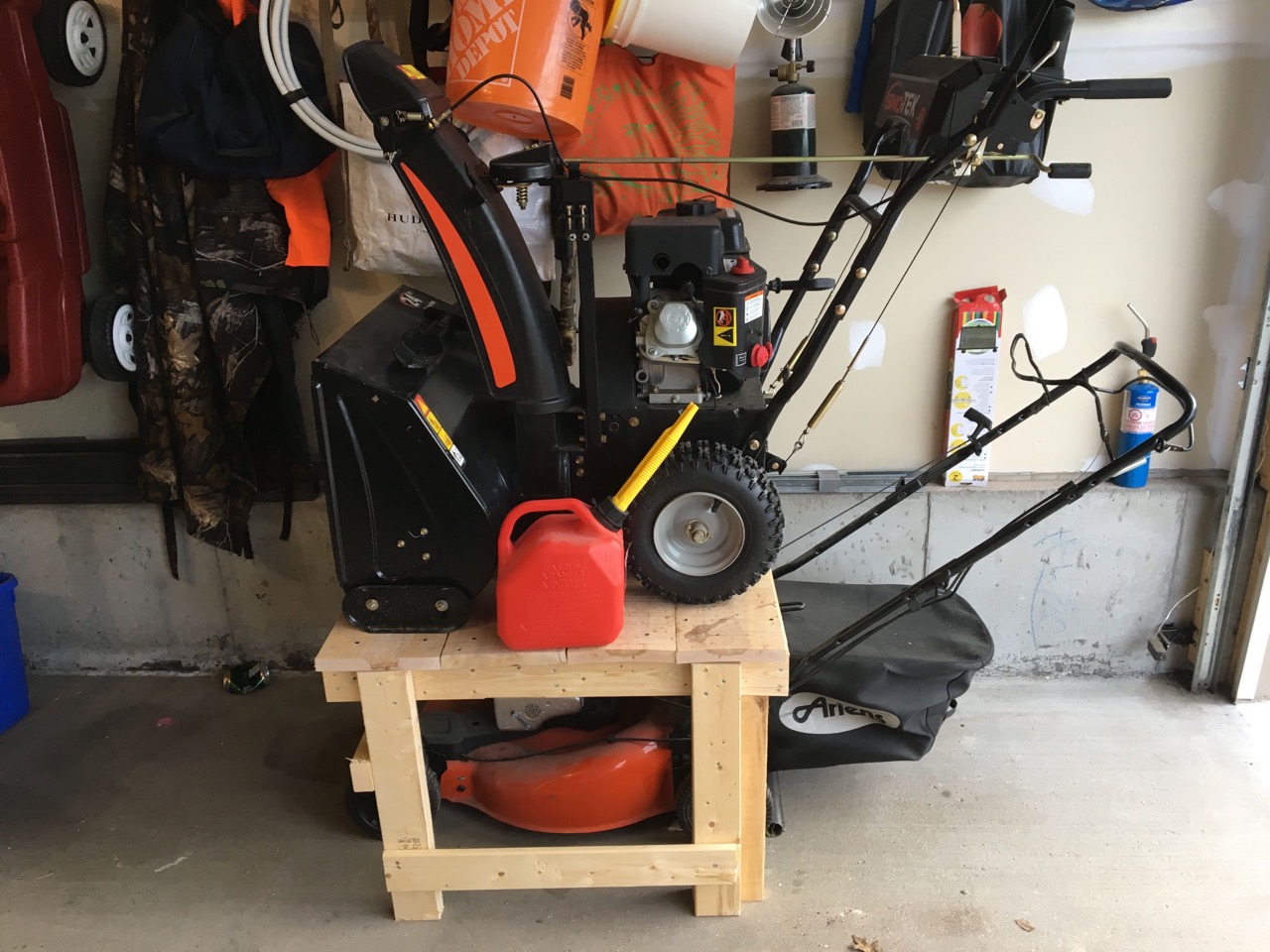
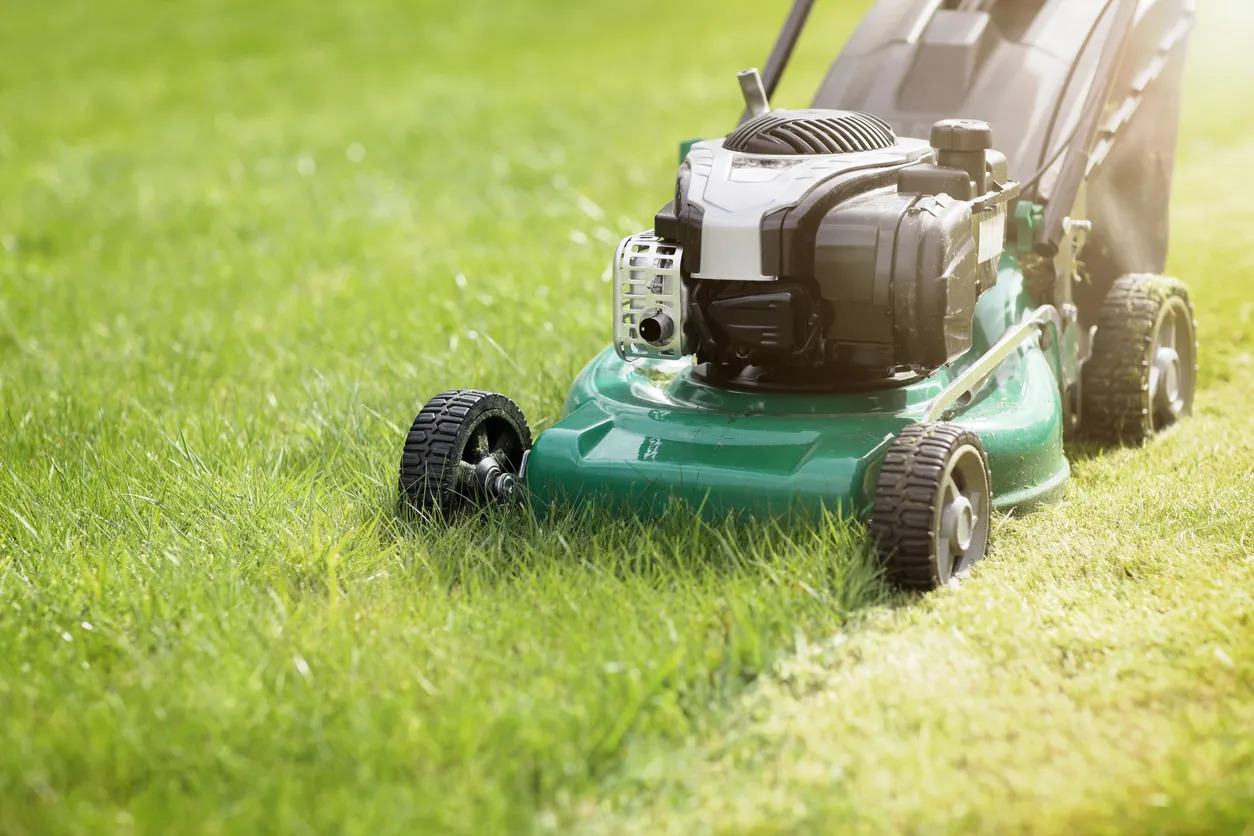
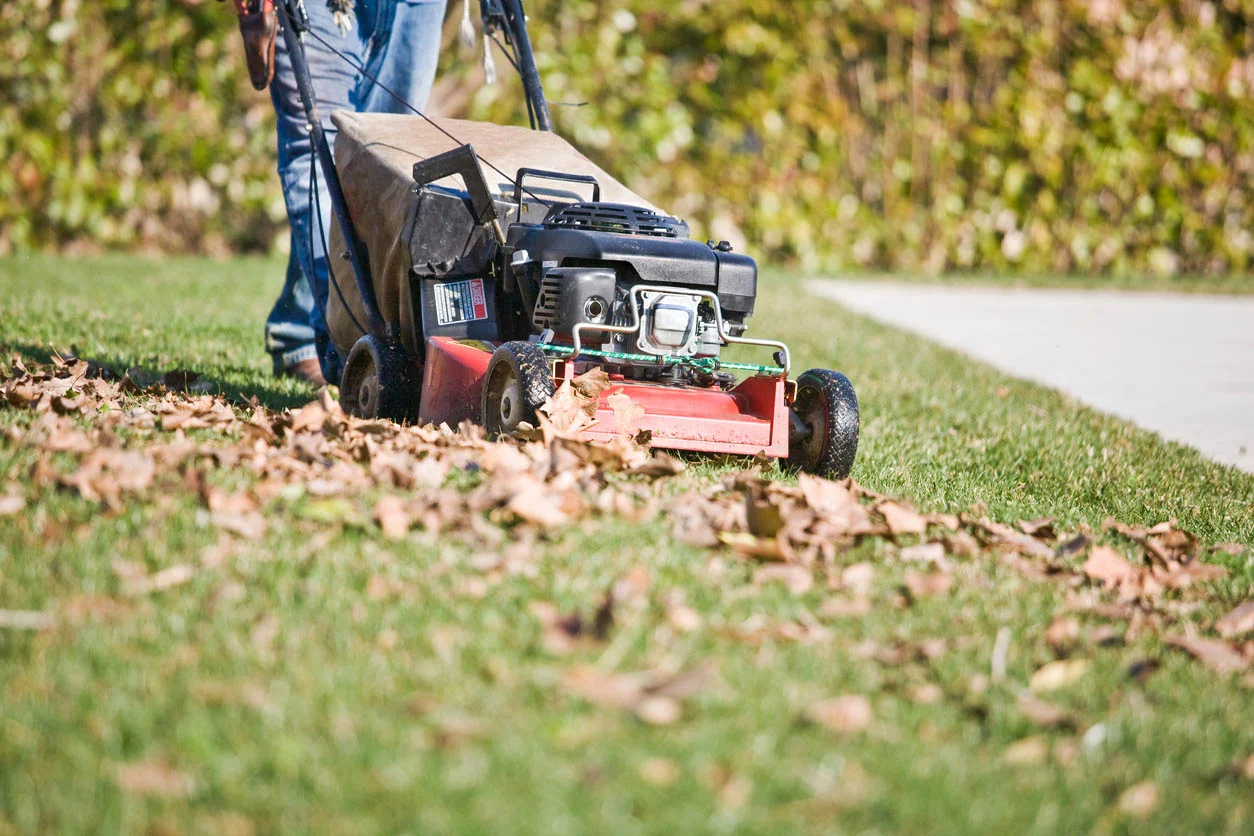
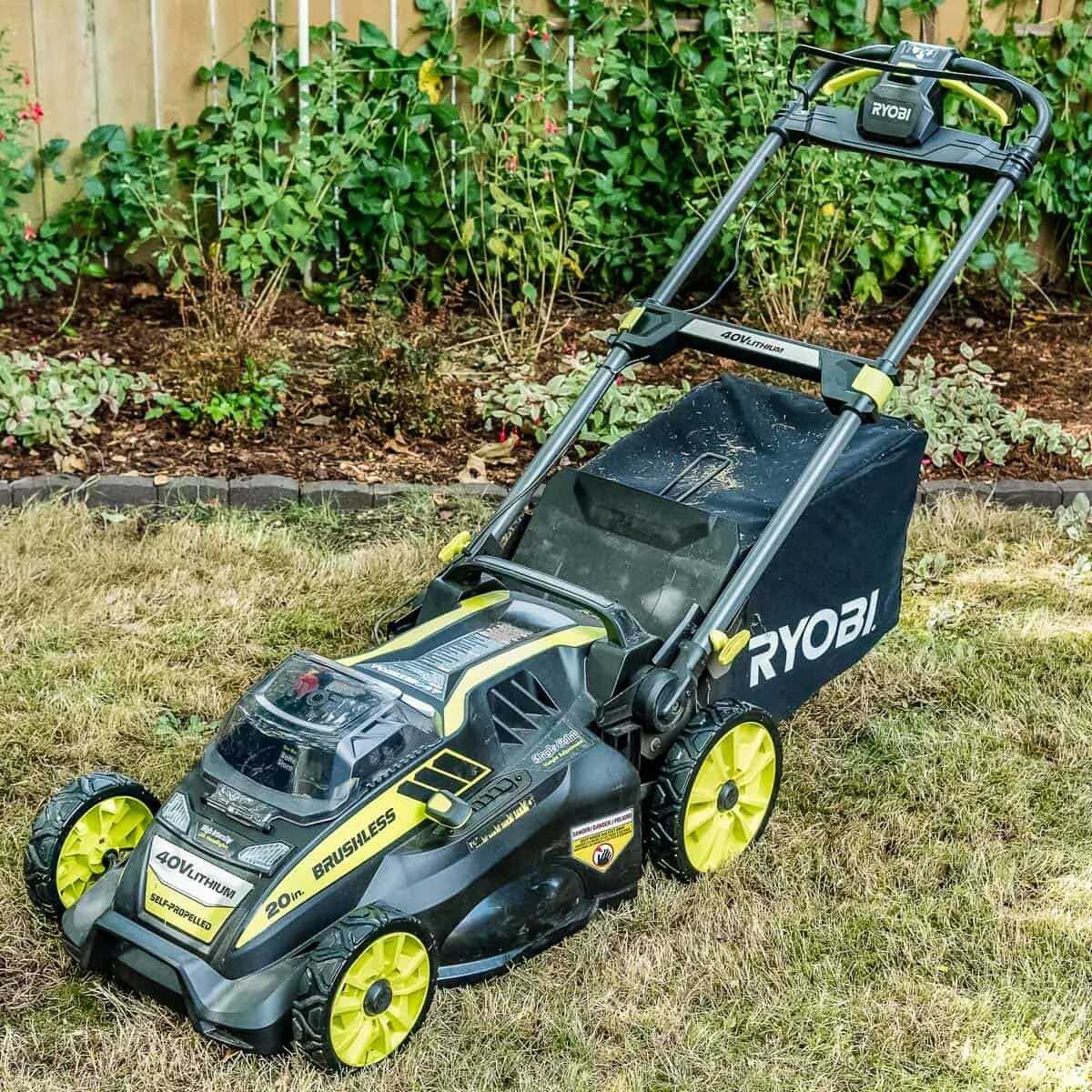
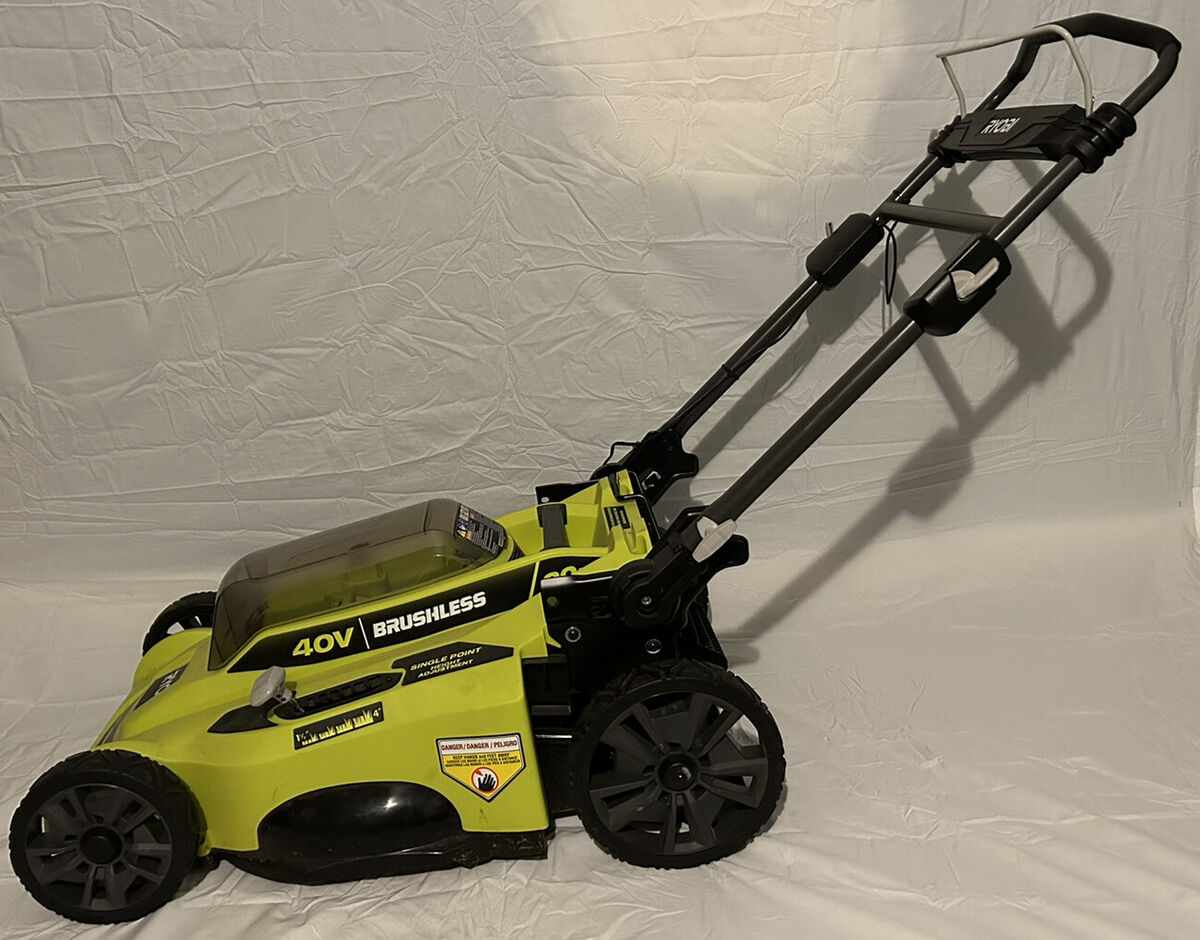

0 thoughts on “How To Store A Lawn Mower Without A Shed”